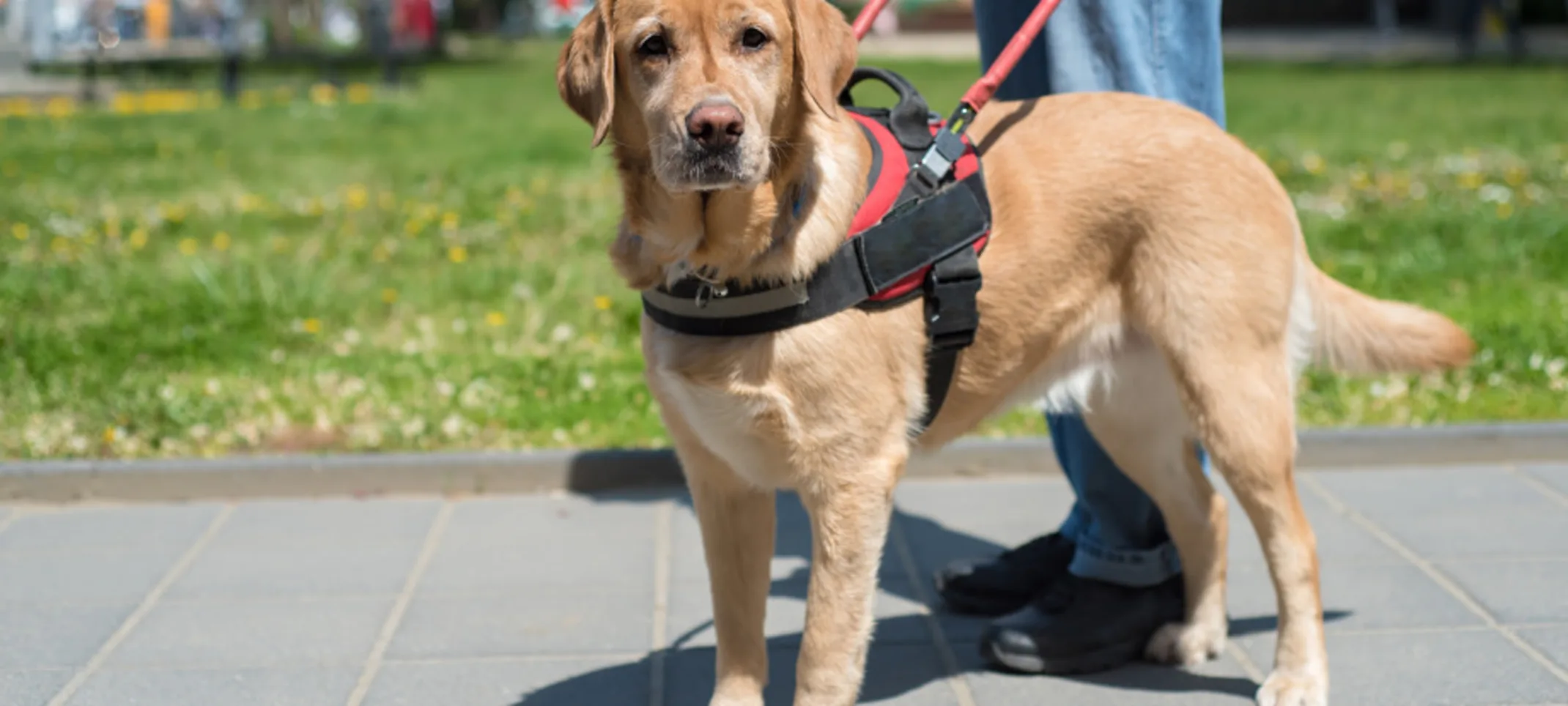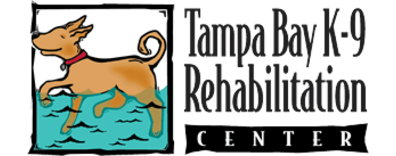Tampa Bay K9 Rehabilitation Center
Land Dry Exercises
The Tampa Bay K9 Rehabilitation Center is equipped with a variety of dry land exercises including stairs, a ramp, theraballs, and an area for Cavaletti rails as additional modalities to help dogs heal and increase their range of motion.

Rehabilitating a canine involves some therapy techniques and exercises designed to help a dog regain its physical strength. Rehabilitation also seeks to improve or return the dog’s range of motion.
Dryland exercises include climbing stairs, walking, static stretching, and treadmill activity. Others are “wheelbarrowing,” running, and carrying or pulling heavyweights, among others. The exercises have many benefits, including the following:
1. INCREASES THE DOG’S STRENGTH
Canine rehabilitation targets exercises that build and strengthen the dog’s muscles. Muscle strength reduces the risk of the dog suffering an injury in the future. The muscles become strong enough to support the tendons and joints. Aged dogs with muscle atrophy improve strength and confidence.
Strength exercises also help to build bone density. They also help to burn excess fats, and the functioning of the dog’s cardiovascular system may improve.
2. INCREASES THE RANGE OF MOTION
Therapeutic exercises can improve the range of motion in the canine’s joints. These exercises help build and boost the dog’s power, speed, and strength. But the level of possible function depends on the extent of the dog’s injuries, disability, or age.
3. IMPROVES FLEXIBILITY
Flexibility is different from the range of motion. The range of motion involves osteokinematics, but flexibility affects muscle and tendon elasticity. Dogs often suffer elasticity issues in one or two muscles. After identifying the affected muscle, the therapist designs therapeutic exercises to stretch it. Stretches are either initiated by the dog or by the therapist. Improved flexibility makes walking, running, and playing more comfortable.
4. BOOSTS ENDURANCE
Endurance is synonymous with fitness. Endurance restores the dog’s ability to bear its weight and maintain a proper posture over time. Endurance exercises target slow-twitch fibers in the gravity resistance and posture muscles.
Dogs immobilized for some time have weakened muscles and little endurance to stand, albeit for a short time. Exercises to improve endurance focus on muscle strength and the cardiovascular system. After some time, endurance exercises are augmented with resistance exercises. The dog may be fitted with a weighted vest or use a resistance band. This improves the pet’s ability to bear its weight and can assume a good posture.
5. BETTER PROPRIOCEPTION
Many canines that need rehabilitation are not aware of their bodies in relation to their environment. Proprioception refers to the awareness of the body and its positioning. The therapeutic intervention involves assisted standing that progresses to standing on unstable surfaces. Dogs are trained to be alert in all their body parts. With time the dog is more aware of its body and can make active movements.
Besides the physical benefits, dryland exercises have psychological benefits. They stimulate the mind and prevent behavioral issues. Dogs that are anxious or timid also get to build their confidence.
Dryland exercises hold many benefits for dogs undergoing rehabilitation. The Tampa Bay K-9 Rehabilitation Center offers a host of dryland rehabilitation exercises. Visit us in St. Petersburg, Florida, or call (727) 677-9500 to book your appointment.
